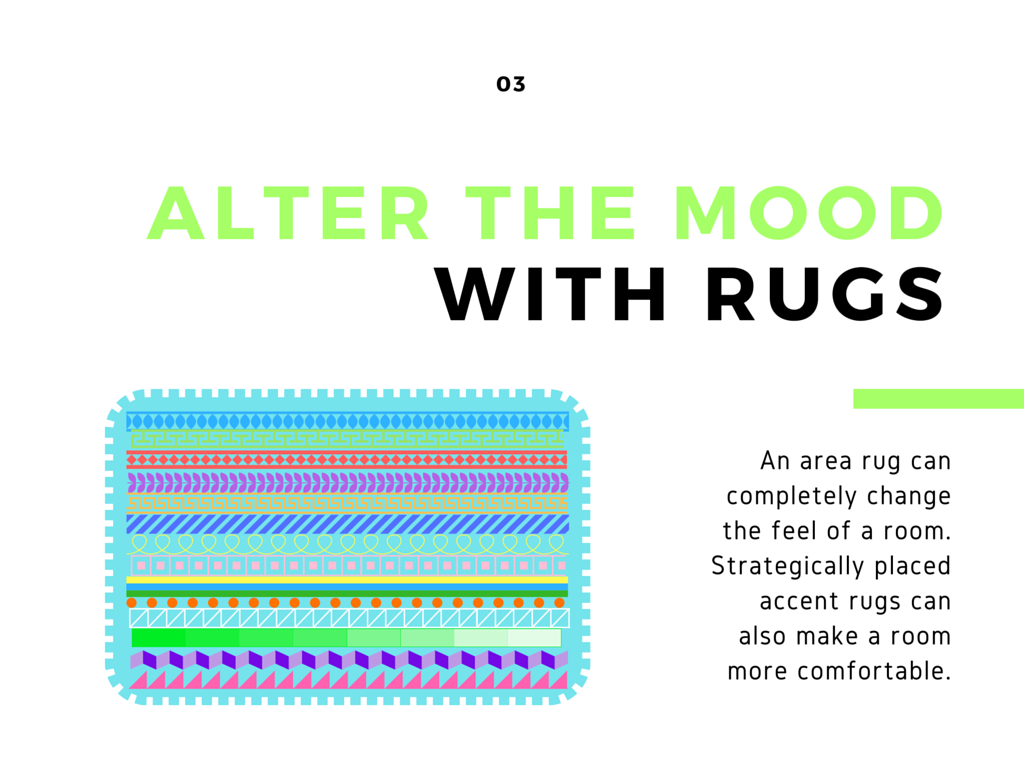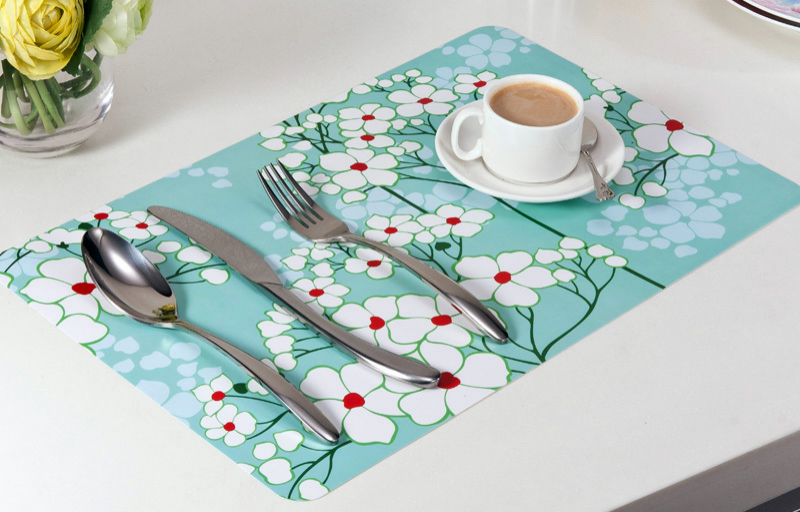Go Green For Cheap
Looking to become more environmentally conscious and savvy? Or trying to decrease the environmental impact your house contributes to the Earth?
Below are a list of improvements you can make to easily and cheaply Go Green!
- Insulate Switches and Outlets – It is a little-known fact that light switches and outlets are very drafty. This causes air from the inside to seep outside – it’s very wasteful. You can easily get your hands on some pre-cut insulating foam gaskets to ensure the prevention of energy.
- Grow a Veggie Garden – By starting your own garden, you are able to save money on groceries and eat healthier at the same time! Veggies with high-yield rates include tomatoes, cucumbers, green beans, and peppers.
- Prevent Drafts with Drapes – Drapes are a great way to prevent cold drafts as well as the loss of heat through windows. You can actually get drapes with insulating thermal material to most effectively keep cold out and heat in during the winter while keeping heat out and cool in throughout the summertime.
- Weatherstripping – There are many ways you can lose the effectiveness of your heating/cooling system through cracks throughout your home. A huge problem can be the cracks under doors and around windows. You can prevent losing energy by installing weatherstripping to those leaky doors and windows. This stops the air flow and improves overall efficiency.
- Collect Rain Water – If you think about it, it costs about $150 each month to irrigate a lawn during the summer. But, you have a free water source that comes directly to your home: rainfall. By using rain barrels to gather rainwater that falls off your roof, you can save on your water bills and help prevent the waste of fresh, drinkable water.
Vintage Kitchen Trends Coming Back Into Style
Beautify Your Yard: A Guide To Making Your Own Compost
Feeling like you need to spruce up your garden this coming spring? One thing you can do to completely revitalize your yard vegetation is cultivate your own compost!
Composting is the controlled decomposition of organic waste. For gardening purposes, compost adds a much needed boost of vitamins and nutrients to your yard or garden. In just a few easy steps, you can create a natural additive to your garden to ensure optimal growth. Best of all, the practice is environmentally friendly, adding one more incentive to start utilizing the practice.
This spring, try composting instead of spending loads of cash on chemical-filled fertilizers. Here are a few tips and tricks to get you started…
And now for the composting!
You’ll need a large container, or something simple like a trashcan to gather all the recyclable scraps you’ll be making your compost out of. The bin acts as an incubator to accelerate decomposition. The decomposition breaks down organic matter to release nutrients, vitamins, and minerals that are essential for plant growth. Some of these minerals and nutrients include nitrogen, phosphorous, calcium, and potassium among others.
You can add yard trimmings and leaves to your compost as well. This vegetation will also decompose and break down and help cultivate and enrich your compost. It is also a great way to use yard trimmings in a productive, organic way instead of just leaving it out on the curb.
Use all the organic waste produced from what you eat and when you cook. Your kitchen’s food scraps will create a great deal of your compost soil, as you add it daily after cooking and preparing meals and snacks.
According to Professor Rot of Home Composting, the average household throws away about 474 pounds of food per year. Food scraps unfortunately make up about thirty percent of this country’s total waste stream, leaving a lot of room for improvement when recycling or composting. You can add vegetable stems, fruit cores, coffee grounds, old grains, eggshells, or rotting fruits and vegetables. You could also add the leftover water used to cook rice and pasta. Do not add meats, oils, or dairy to your compost, as it will imbalance the nutrient-rich structure of the other organic material. Meats and dairy can also attract maggots and rodents, ruining your compost.
And then you wait. Composting is not a complicated, labor-intensive process. You can add organic waste from time to time and let the process move forward on its own. However, you could also accelerate the process by adding water, and turning the soil on a biweekly basis. The latter method will have your compost ready in one-two months.
Composting can be a fun and environmentally friendly way of managing and discarding your yard and kitchen wastes. So, don’t let your waste go to waste, and try composting instead!
If you liked this post and would like to read more on “DIY” tips and tricks, follow me on twitter @TerryFebrey. Thanks for reading !
DIY Projects that Add Value to Your Home
It doesn’t take too much to add some extra value to your home.
Many expect to accrue an assortment of costs when remodeling their home. These costs may include consulting with designers, handymen, and contractors on top of spending on materials needed.
While this can be true, there are a few “do it yourself” projects that can really increase the value of a home without having to spend on additional labor. By minimizing your costs and spending less, you enjoy more of the financial benefits of this sometimes tumultuous process.
Here are a few tips you can use to remodel your home without breaking your bank.
Front Yard Makeover
Transforming your front yard is equivalent to giving your home a face-lift. Look into changing your walkway structure, or beautifying your yard with an intricate garden full of ornamental plants. This project is a great way to get your creative juices flowing, before delving into the more difficult interior projects.
Attic Insulation
A large percentage of your home’s heat may be escaping through your attic. Adding new insulation is not only a great way to retain heat, and increase energy-efficiency, it also directly adds value into your home. Daniel Goldstein of Marketwatch emphasizes that adding fiberglass insulation into an attic can add a value greater than the cost of its installation into your home’s total value. Not bad, right?
Steel Entry-Door Replacement
John Riha of Houselogic believes that adding a steel entry-door adds major curb appeal to your home. By replacing your front door, you can transform the look and feel of your home’s entryway for a relatively low cost. According to a remodeling report that Riha cites: “a new steel front entry door has a national median cost of $2,000 installed, and can recover 75% of that cost at resale.”
Carpet and Floor Replacements
Flooring replacement can become quite expensive. If replacing your floors is out of your budget range, look into replacing your carpeting first. Worn, torn, and old carpeting can be a real turn off for anyone evaluating the value of your home. Replace old carpeting with newer, fresher carpets that are stain and dust free. Although it is possible to do on your own, the process of replacing carpeting can get increasingly difficult. In this case, you may want to contract professional help if you’re not confident in your carpet-installation abilities.
Freshen your Ceilings
If your ceiling has wet marks, signs of moisture damage, or just unsightly popcorn textures, they may decrease the value of your home. Fix moisture problems by finding the root of the issue, patching up leaks, removing damaged drywall, and replacing with new ceiling drywall/panels, priming, and finally painting over. If you have an unattractive popcorn ceiling, DIY Network suggests buying texture softening solution to spread on the surface, and simply scrape the popcorn away. Once finished, paint over. Voila!
Improve Lighting
Adding an appropriate amount of lighting to a home is vital when the time comes for a home appraisal. Lighting adds a positive, bright vibe to your home that is psychologically influential to an appraiser’s decision. Not only that, it is a relatively cheap and easy way to remodel your home. Vertical blinds are also a great way of adding more natural lighting to your home. Natural light creates a sense of spaciousness that is otherwise not available in dark rooms and homes. Look into adding both artificial lighting as well as increasing natural lighting in your home wherever possible!
If you liked this post and would like to read more on DIY tips and projects, check out my twitter @TerryFebrey for more info. Thanks for reading !
How To Make The Most Out Of A Small Space
Being faced with the task of designing and organizing the interior of a home or even one room of a house can be daunting. What’s more challenging is if that space is limited spatially. There are certain rules one should adhere to when making a plan for a room, and with a smaller space, these guidelines become more specific and crucial for a successful turnout.
Here are the basic guidelines for ANY small space:
- A tiny room does not have to equal tiny furniture and tiny items. Sometimes a space with one larger piece of furniture feels more comfortable than a small space with a few small items.
- Get rid of junk and plan organizing accordingly. Get rid of the stuff you really done need and THEN take inventory of what needs to be organized. You’re better off planning your organization and storage around what you have rather than the other way around.
- Utilize glass and mirrors strategically. Reflect and maximize light with glass and mirrors in small spaces. You can easily do this by placing mirrors in corners and other locations around the room and by opting for glass items like coffee tables and frames to add surfaces that are reflective.
- Make sure windows aren’t covered at all. When you have curtains, you ensure that the entire window pane can be exposed providing the most light possible. Consider hanging curtains from the ceiling as opposed to the top of the window frame – this adds drama and height without blocking any light.
- Always be working upwards. Since a smaller space is lacking is area, work you way up when thinking storage and decoration. Hanging art higher draws the eyes up and gives the illusion of taller ceilings. Smart use of shelving and storage that grows taller instead of wider is ideal in a small space.
Color Schemes
The Most Beautiful Cars Of All Time
Cars. How does one begin to categorize and distinguish the different kinds of cars? It would take a lot of knowledge about cars and a great deal of time, no doubt.
Here is one such list of cars that focuses on the aesthetic appearance as opposed to functionality and convenience.
If you’re lucky enough to be riding in one of these vintage automobiles, you will be stunning all who lay their eyes on you.
1971 Lamborghini Miura SV
This true classic was the FIRST exotic car. And, it was one of the fasted commercial cars produced and made available in 1971.
1964 Aston Martin DB5
Stylish. Classic. It’s no wonder that this car has appeared in so many James Bond films; Goldfinger, Thunderball, GoldenEye, Casino Royale, and Tomorrow Never Dies.
1961 Ferrari 250 GT California
Remember that car from Ferris Bueller’s Day Off? The red one that belong’s to Cameron’s dad and he and Ferris take it for a joy ride? Well that was a 1961 Ferrari 250 GT California. What a beaut!
1954 Mercedes-Benz 300SL
At the time of it’s production, this auto-masterpiece was the fastest car on the road. Originally meant for racing, this was the first user-geared Mercedes for sale with fuel injection.
1963 Chevrolet Corvette
This beautiful automobile has a lot of “firsts” in its history. Firstly, it was the first year of mid-year Corvettes. It also was the only of its kind to have “split window” rear glass. Additionally, it was the first Corvette to have secret headlights and free rear suspension.
1967 Ferrari 275 GTB/4
How fast can this amazing car go? 165 miles per hour. 1. 6. 5! Not to mention that it was the first Ferrari to have integrated transmission and back axle balance.
Spruce Up Your Home: DIY
The trend of DIY has skyrocketed, from doing your own home renovation to decoupaging jars to making homemade chocolate gifts. DIY is huge. However, it definitely can be intimidating taking on a project on your own. Sometimes it’s best to wade into something new one small step at a time.
Here are a few DIY ideas to help decorate your home, allowing you to join the DIY movement without going native… yet!
DIY Placemats: Is it just me or are placemats either super expensive or just plain ugly? Why now make your own then and have them look exactly how you want! All you need is some heavy “home decorating” fabric with a pattern or image of your choosing, some iron-on vinyl topping (found at most fabric stores) and some pinking shears. Cut the size of your placemats for the fabric and the vinyl, iron the vinyl on both sides of the fabric (one of the from, one on the back), and trip the edges with some nice pinking shears to five your new mats a nice finish. Now you have beautiful placemats that are functional and fancy! photo: aliexpress.com
DIY Studded Furniture: If you’re looking to add some pizazz to an old wooden chair, table or bench or you don’t want to spend money on ornate furniture? Head to the hardware store or a fabric store and get some upholstery tacks! They come in many different sizes and finishes and are very easy to add to a number of wooden pieces. Just push or tap them in along an edge for a nice, shiny detail. This will add a bit of life to an otherwise bland piece of furniture. photo: matthewizzo.com
DIY Striped Refrigerator: This is a simple, easy way to completely change the look and feel of your kitchen. You can do this multiple ways: with washi tape, spray paint, or metallic duct tape. Regardless of the method you with you use, you’ll want to use a pencil or washable marker to map out where your material will go. Either way, it’s going to make you love your kitchen even more than you already do. photo: theeverygirl.com
Increase The Value Of Your Home While Remodeling With These 4 Tips
Once you’ve purchased the house you’ve been searching for, you will have to keep in mind (if you ever want to resell) that it will need some work before you leave. Don’t focus so much on trends as those can come and go. Here are 4 tips to think about when getting started:
1. Speak with your real estate agent
Agents are always in the know about what buyers are looking for. They know what finishes, amenities, or upgrades that your home will be expected to have. Consult with an agent to know what qualities are being looked for to make smart decisions on your remodeling work. They will be able to tell you exactly what you will receive on a return and what you will lose money on.
2. Research
Find out what remodeling projects you can do easily and inexpensively. Remodeling your kitchen is usually one of the more expensive operations, but it is always a good investment. Kitchens receive a great return. This is a good place to start in your renovations if you’re having a difficult time deciding.
Note: Also, think about how you can utilize the space you’re renovating in the most efficient way.
This well hope you create the best design for your project.
3. Consult with an interior designer
After you’ve completed your projects whether it’s a bedroom, bathroom, or kitchen, it’s a good decision to consult with an interior designer about your new space if you’re not feeling confident on your color scheme or design eye. When selling your home, you can have all the right materials and furnishings in your home, but if their display is visually unappealing then you’re not doing yourself any favors. Most home improvement and furnishing stores have their own personal designer on hand. Generally, if you pop in and consult with them, these services are free.
4. Plan for the unexpected
Things come up, and things go wrong. Don’t allow yourself to get frustrated. Plan to have a problem occur. Hidden costs in your renovations come up, and you have to handle them. When creating a budget for your projects, add 10% to the price for problems that may materialize.
Info courtesy of Time Magazone





























